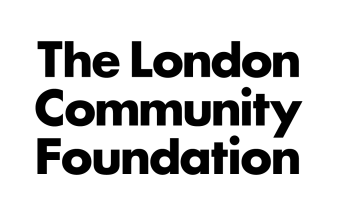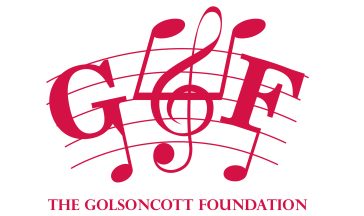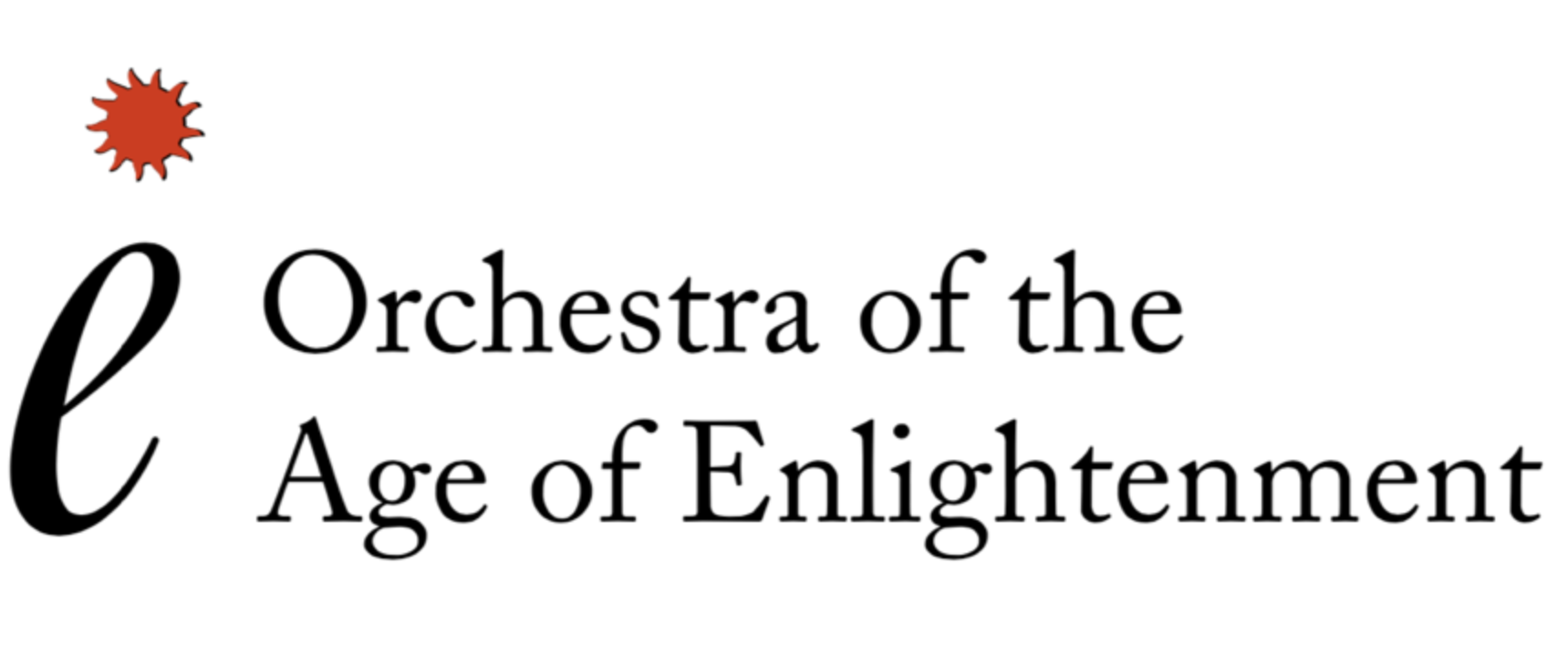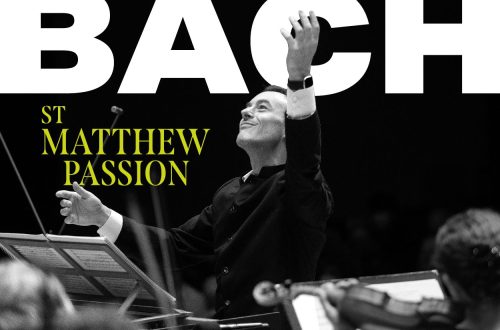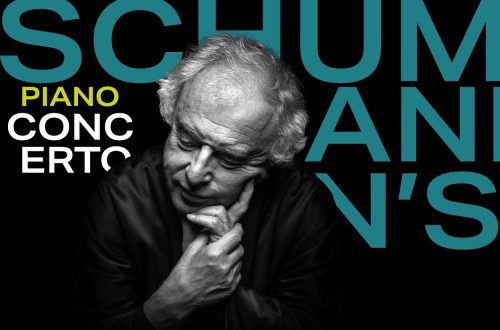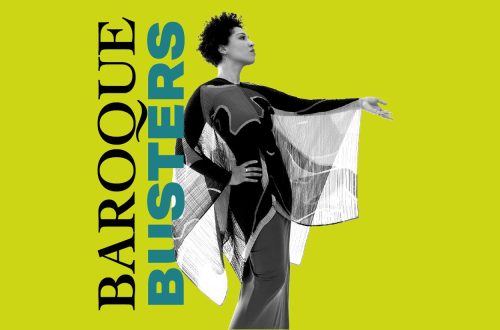Das Jahr – The Year
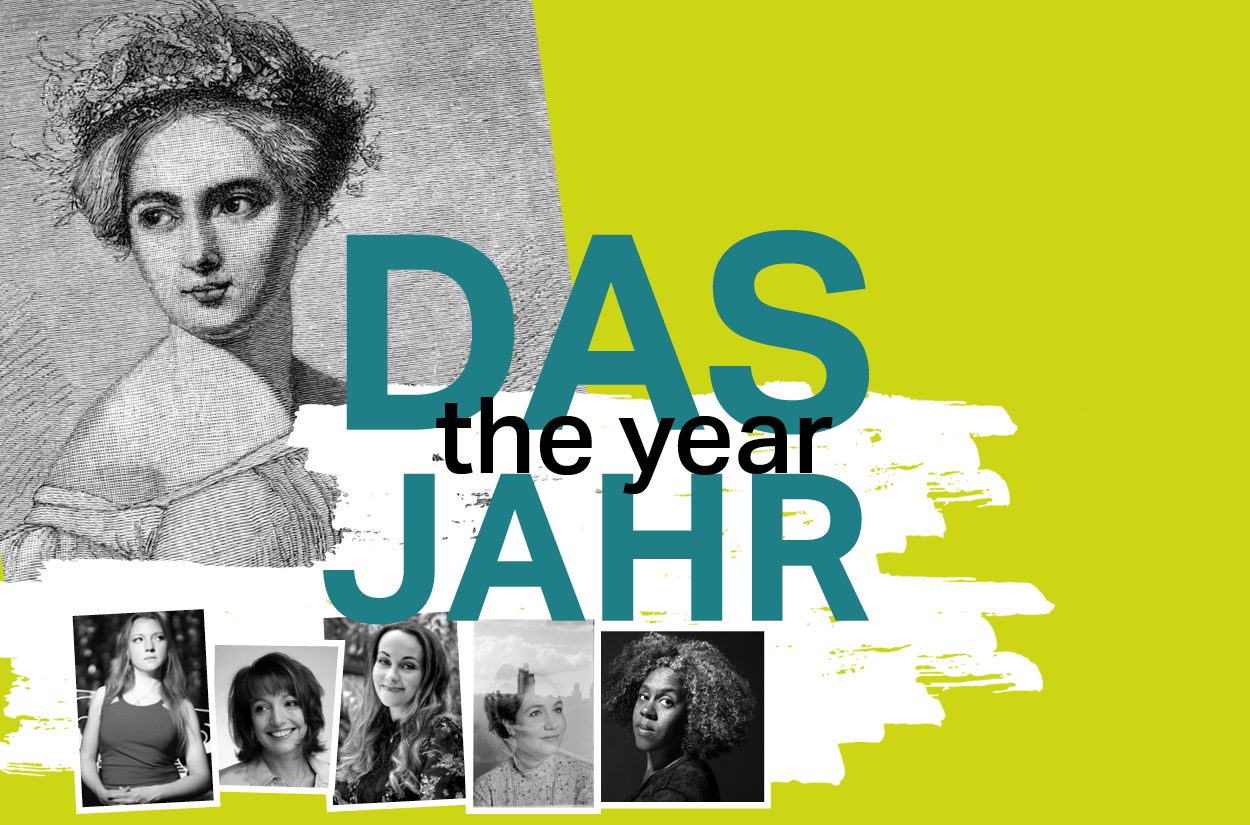
This project is supported by Cockayne – Grants for the Arts: a donor advised fund held at The London Community Foundation and Philip and Rosalyn Wilkinson, with additional support from the Vaughan Williams Foundation and The Golsoncott Foundation.
How does a modern period instrument ensemble address the puzzle of under-representation of work by women composers? We’ve commissioned four of today’s most exciting composers – Roxanna Panufnik, Electra Perivolaris, Freya Waley-Cohen and Errollyn Wallen – to each write a new work inspired by a movement from Fanny Mendelssohn’s Das Jahr. The four pieces will frame a performance of the piece itself by Olga Pashchenko on fortepiano.
“I’m really excited to dive into the sound worlds opened up by the period instruments of the OAE: the quirks of each instrument, the possibilities, the restrictions…”
Freya Waley-Cohen
Fanny Mendelssohn’s own description of Das Jahr reflects the challenges women composers had to get their work taken seriously in the 19th Century. It is, after all, a substantial piece – each movement representing a month of the year – lasting 50 minutes in performance that could sit alongside pillars such as Schumann’s Davidsbündlertanzen. Even with the efforts to make the work of Fanny and other women composers more widely known, we’re still faced with one big obstacle: women simply weren’t given the opportunity to write for orchestras.
Electra Perivolaris will take ‘March’ as her starting point, followed by a contribution inspired by ‘April’ from Errollyn Wallen. Freya Waley-Cohen’s commission will draw on “her beautiful and elegant June serenade with visitations or memories of the darkly playful February scherzo”. Roxanna Panufnik will compose a piece inspired by the closing movement, ‘Nachspiel’, which she says “appealed to me with its intense focus on harmony which moves and never really settles until the very end.”
Part of Southbank Centre Season 2024/25.
"I hope Fanny is looking down on us and cheering loudly - and happy that her music still relates to our sense and emotions, after 200 years "
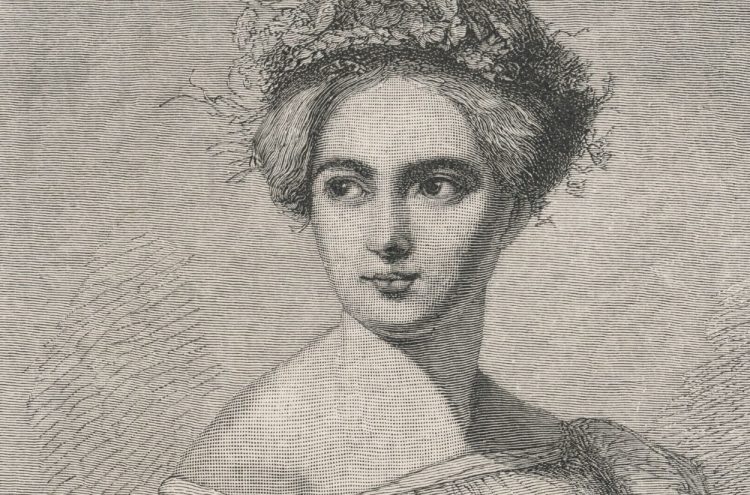
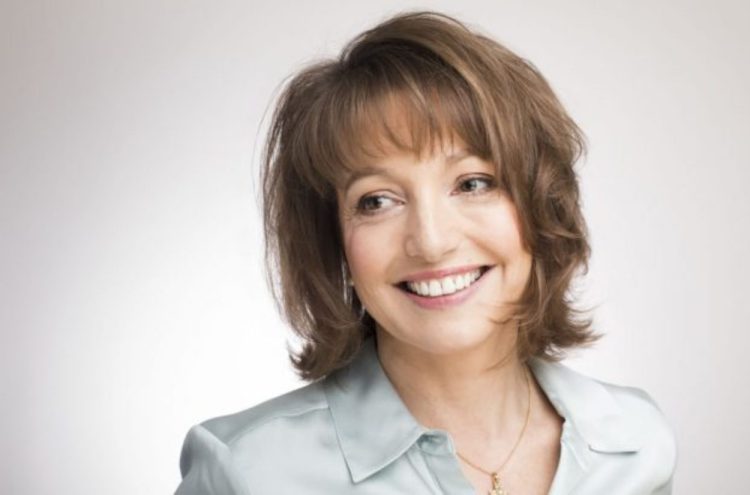
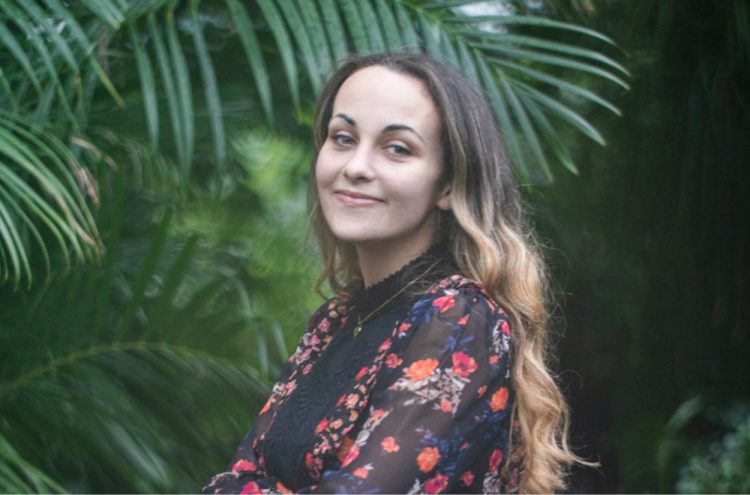
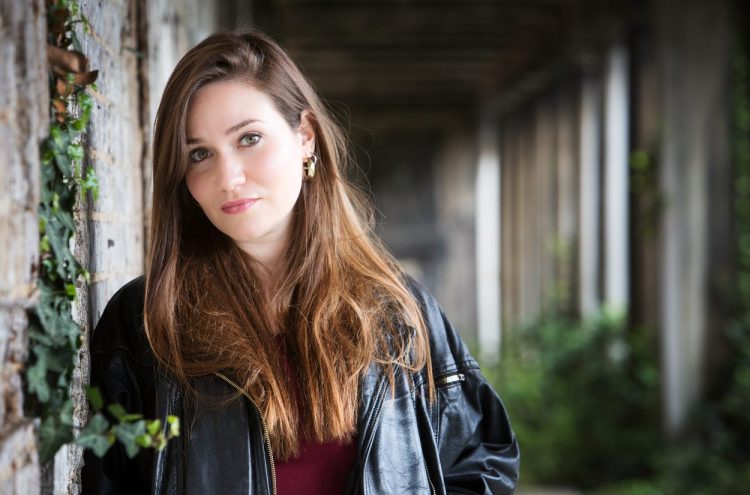
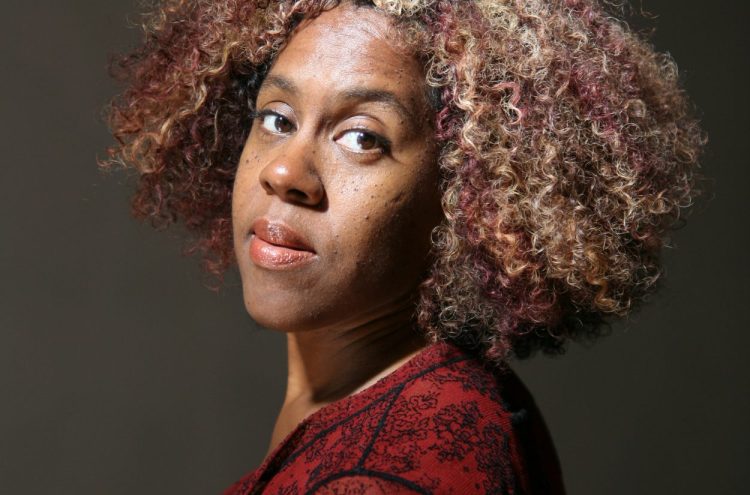
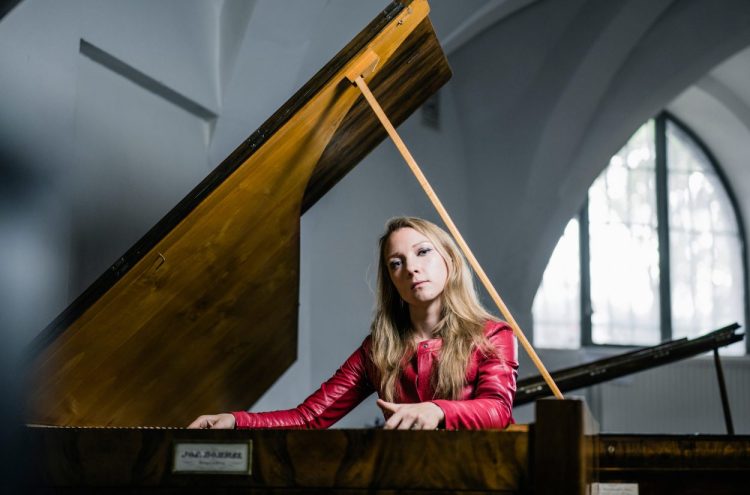
This project is supported by Cockayne – Grants for the Arts: a donor advised fund held at The London Community Foundation and Philip and Rosalyn Wilkinson, with additional support from the Vaughan Williams Foundation and The Golsoncott Foundation.

